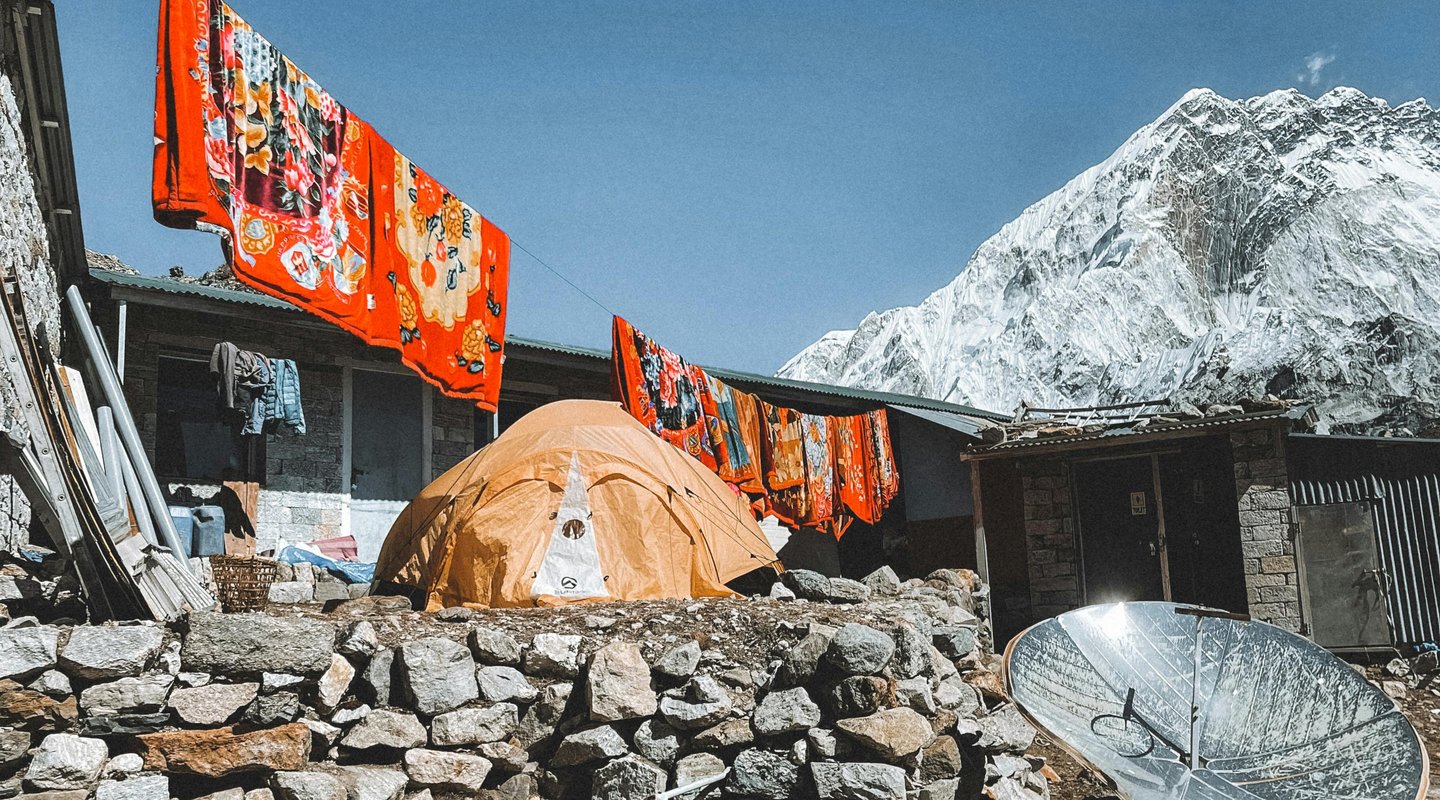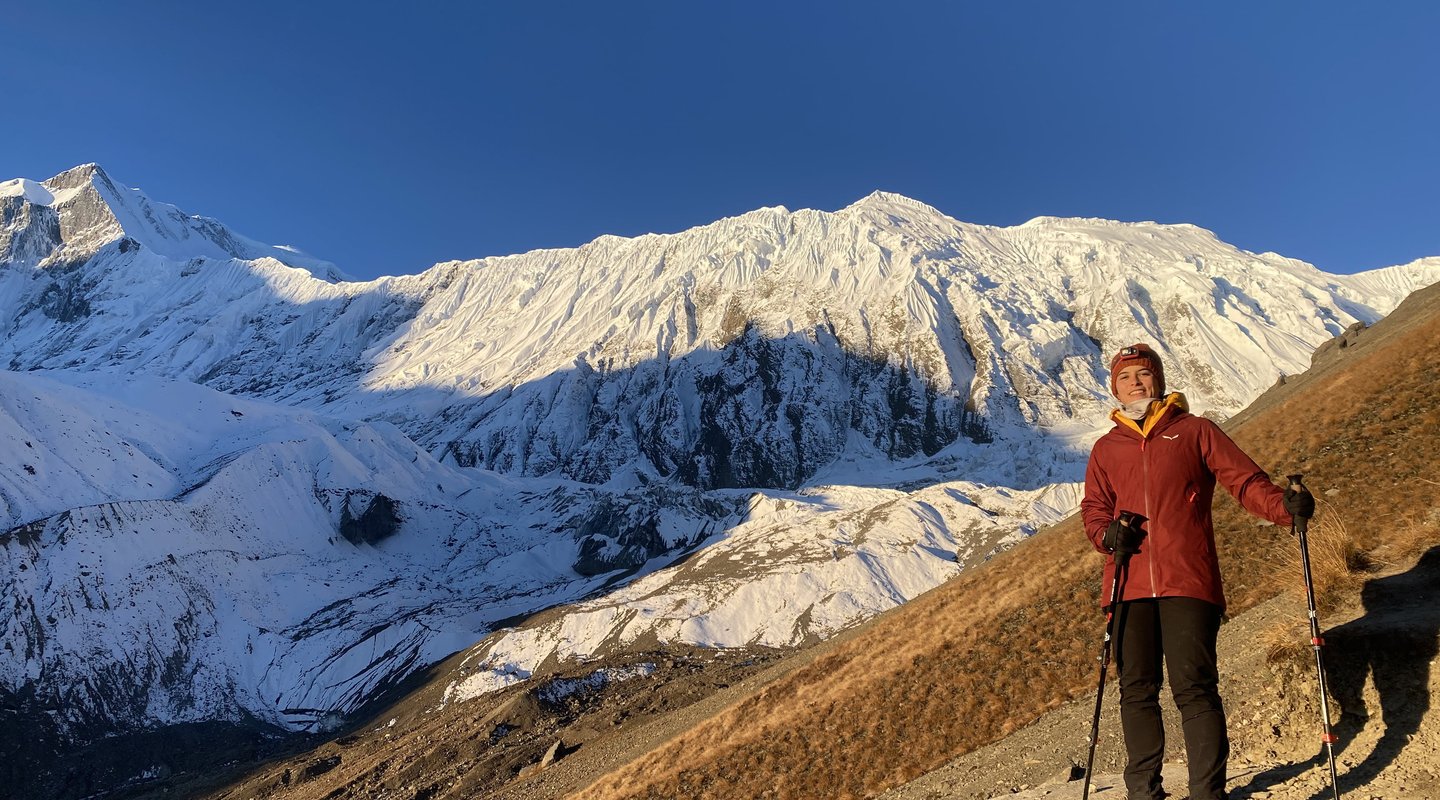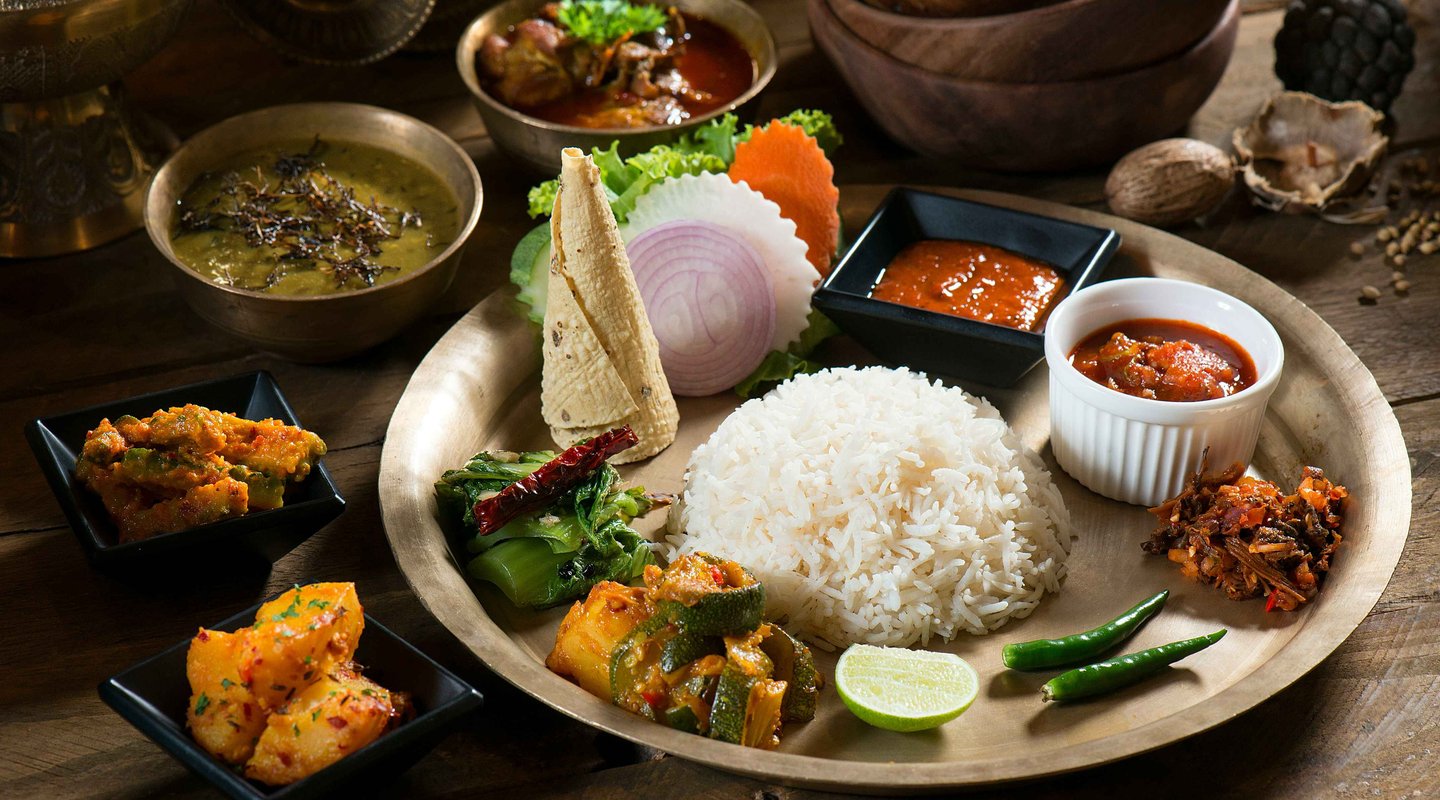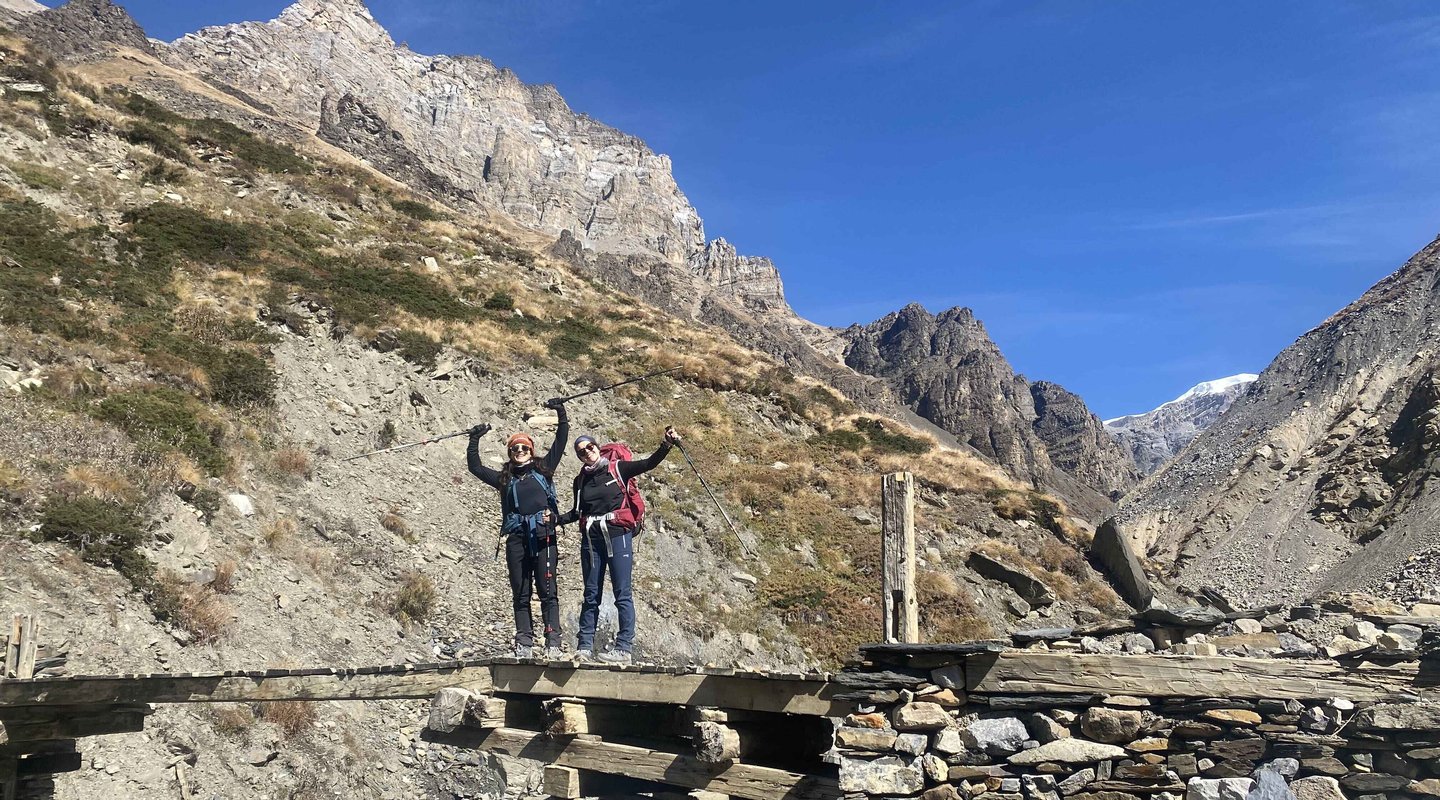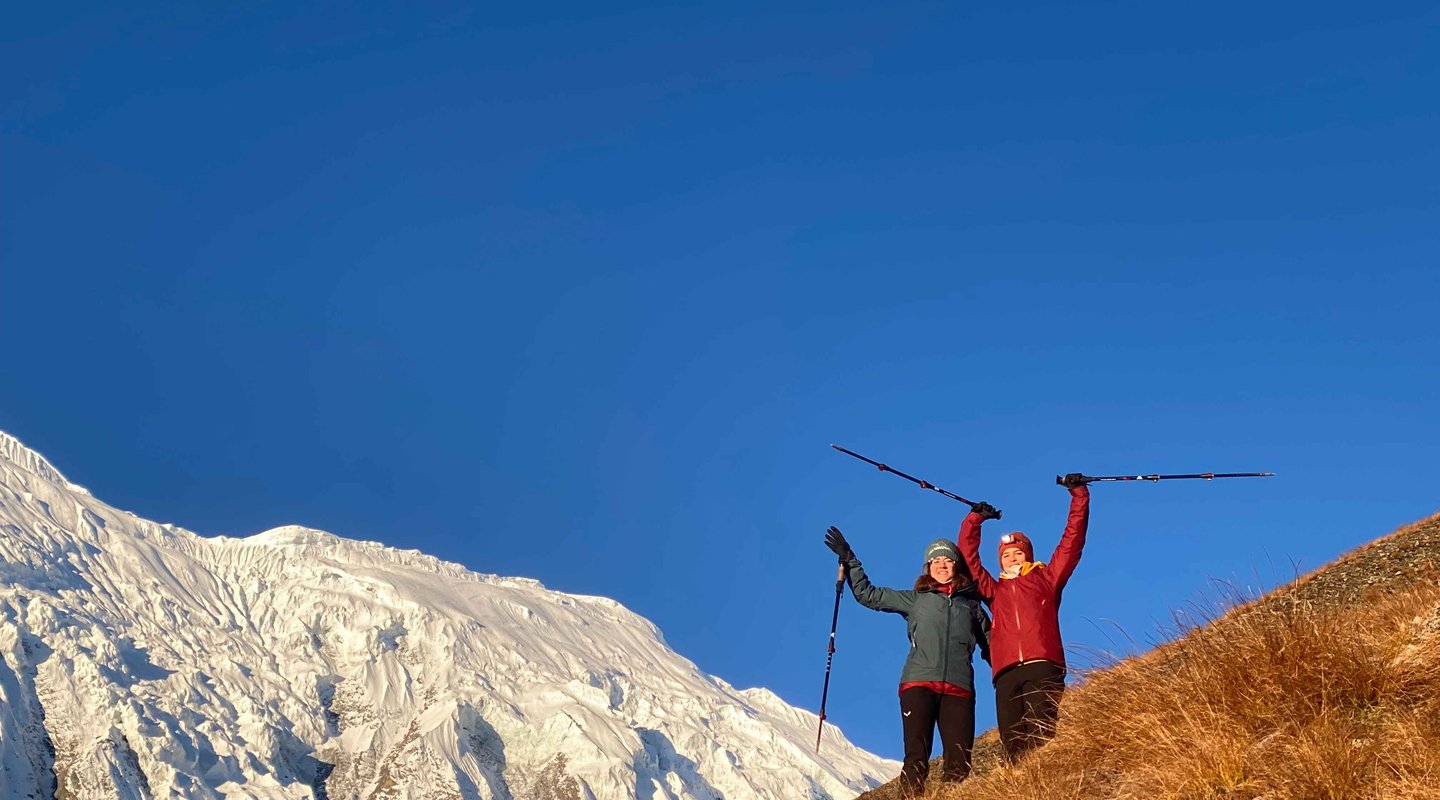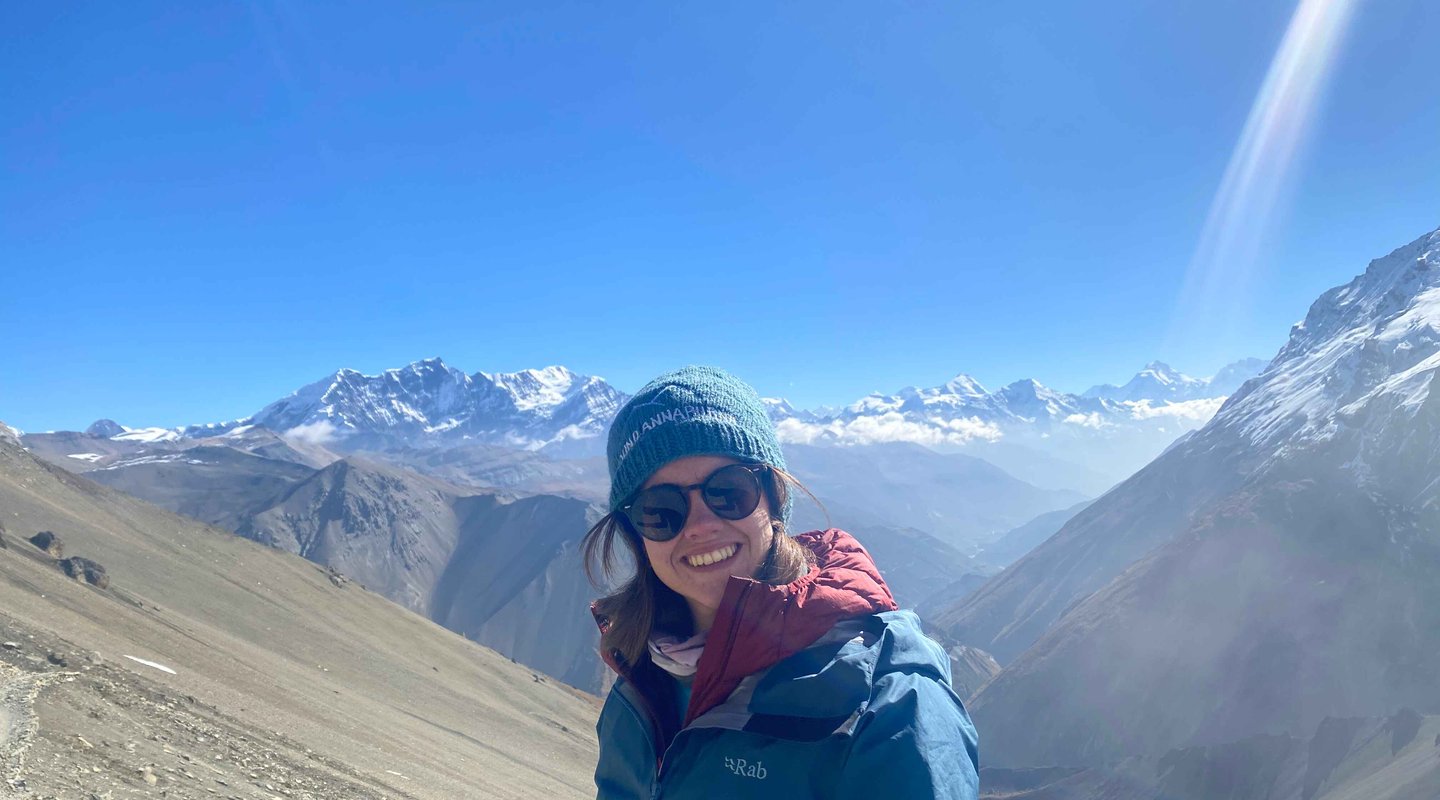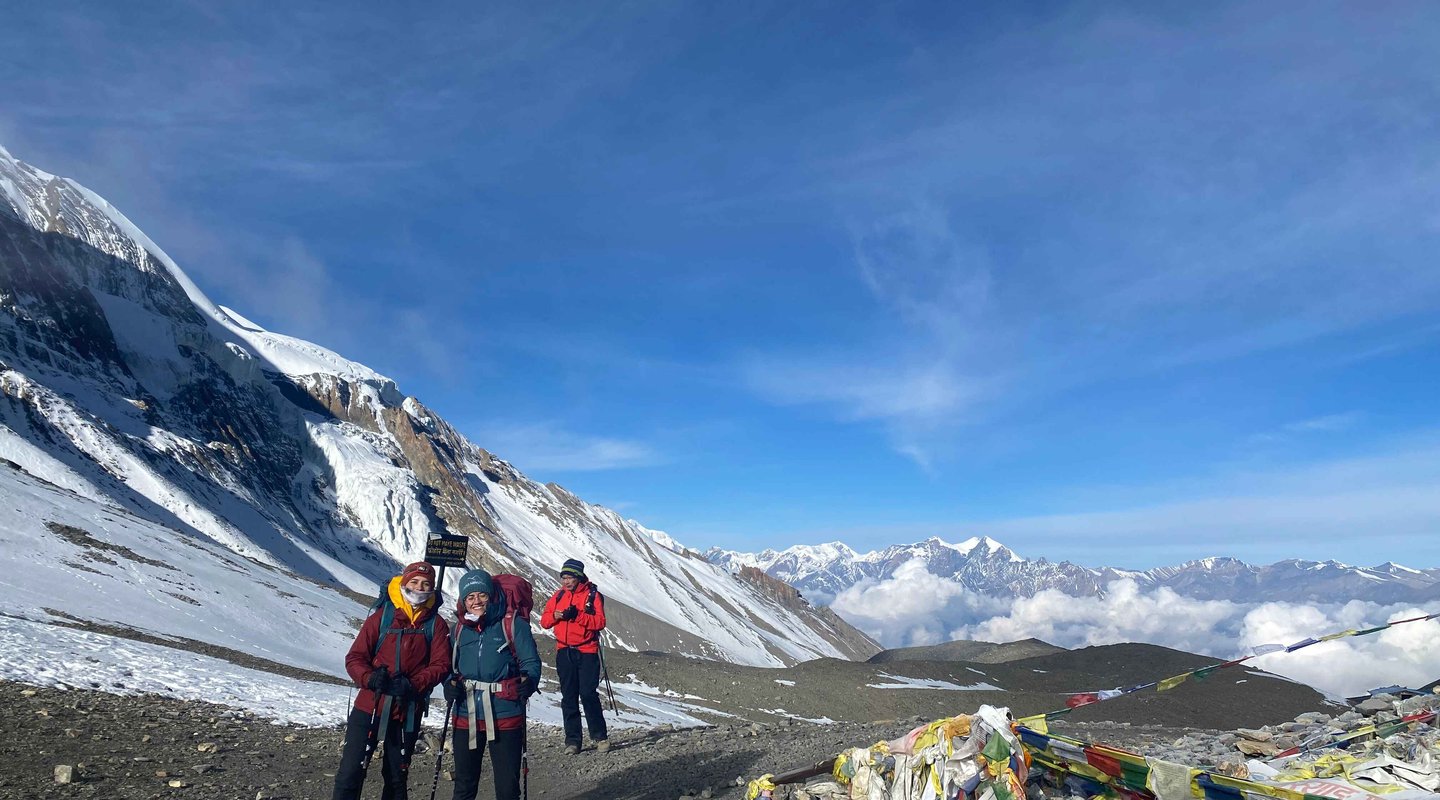Introduction
Have you ever wondered what it feels like to stand at the foot of the world’s highest mountain? Imagine trekking through rugged trails, breathing crisp mountain air, and witnessing panoramic vistas that seem to stretch to infinity. Did you know that over 50,000 adventurers have embarked on the Everest Base Camp trek each year, each drawn by the allure of the Himalayas? This comprehensive Everest base camp trek guide is designed for beginners who dream of immersing themselves in one of the most breathtaking adventures on the planet. Whether you’re planning your first expedition or looking for a detailed, step-by-step guide to conquer the trail with confidence, this article will walk you through everything you need to know—from preparation and packing tips to daily itineraries and safety advice.
Planning Your Trek: Essential Steps
A successful Everest Base Camp expedition starts long before you lace up your hiking boots. Proper planning is crucial, especially for beginners. Follow these essential steps to ensure your journey is as smooth as it is memorable.
Step 1: Research and Timing
- Choose the Best Season: The most popular times to trek are during the pre-monsoon (March to May) and post-monsoon (late September to November) periods. These months offer clear skies, moderate temperatures, and lower risks of extreme weather.
- Understand the Terrain: Familiarize yourself with the route’s challenges, from steep ascents to high-altitude passes. This background research will help you set realistic expectations and prepare adequately.
Step 2: Physical Preparation
- Training Regimen: Begin a training program that includes cardio, strength training, and endurance exercises at least three to four months in advance. Activities like hiking, running, and stair climbing can significantly boost your stamina.
- Health Check-Up: Consult your doctor to ensure you’re in good health and discuss any potential concerns about altitude or strenuous activity.
Step 3: Budgeting and Permits
- Budget Wisely: Trekking in the Himalayas involves costs beyond airfare and permits. Factor in accommodation, meals, guide fees, and contingency expenses.
- Secure Permits: You’ll need the TIMS (Trekkers’ Information Management System) card and a Sagarmatha National Park permit. These documents are essential for a hassle-free trek.
Step 4: Booking and Itinerary Planning
- Flights and Transfers: Book your flights to Kathmandu and the domestic flight to Lukla well in advance, as they fill up quickly during peak seasons.
- Customized Itinerary: Create a detailed day-by-day itinerary, balancing trekking days with rest and acclimatization periods to mitigate altitude sickness risks.
The Step-by-Step Trekking Guide
Day 1: Arrival in Kathmandu
- Overview: Land in Kathmandu and settle into your hotel.
- Tips: Spend the day acclimatizing to the new environment. Explore local markets and try traditional Nepali cuisine.
Day 2: Kathmandu to Lukla – The Journey Begins
- Overview: Catch an early morning flight from Kathmandu to Lukla, the gateway to the Everest region.
- Tips: Enjoy the scenic flight over the Himalayas. Keep your camera handy for breathtaking aerial views.
Day 3: Lukla to Phakding
- Overview: Start your trek by hiking from Lukla to Phakding, a gentle introduction to the rugged terrain.
- Highlights: Enjoy the lush landscapes and the first glimpses of high mountain terrain.
Day 4: Phakding to Namche Bazaar
- Overview: Trek from Phakding to Namche Bazaar, the bustling heart of the Khumbu region.
- Tips: The trail can be challenging, with steep ascents. Walk slowly to allow your body to adjust to the altitude.
- Overview: Spend an extra day in Namche Bazaar to let your body adjust.
- Tips: Take short hikes to nearby viewpoints. Listen to your body—rest if you feel the early signs of altitude sickness..
Day 6: Namche Bazaar to Tengboche
- Overview: Trek from Namche Bazaar to Tengboche, home to one of the most famous monasteries in the Himalayas.
- Highlight: The Tengboche Monastery offers spiritual insights and a breathtaking view of the surrounding peaks.
Day 7: Tengboche to Dingboche
- Overview: Continue your trek from Tengboche to Dingboche, known for its dramatic landscapes.
- Tips: Maintain a steady pace. Focus on proper breathing techniques to ease the strain of higher altitudes.
Day 8: Acclimatization Day in Dingboche
- Overview: Use this day to acclimatize and explore the local area.
- Tips: Engage in light trekking around the village. Keep hydrated and monitor your altitude symptoms.
Day 9: Dingboche to Lobuche
- Overview: Trek from Dingboche to Lobuche, a preparatory step before reaching higher altitudes.
- Tips: The path may be challenging, so pace yourself and take regular breaks.
Day 10: Lobuche to Gorak Shep and Everest Base Camp
- Overview: Trek from Lobuche to Gorak Shep, then continue on to Everest Base Camp.
- Tips: This is the most challenging day, so ensure you have an early start. Monitor your energy levels and listen to your body.
Day 11: Return Journey and Descent
- Overview: Begin your descent from Everest Base Camp, retracing your steps back to Lukla.
- Tips: Descending can be taxing as much as ascending. Stay vigilant on the trails and pace yourself.
Essential Gear and Packing List
Preparing for the Everest Base Camp trek means packing smartly and efficiently.Here’s a checklist to help you cover all your bases:
Clothing and Footwear
- Layered Clothing: Pack moisture-wicking base layers, insulating mid-layers, and waterproof outer layers.
- Trekking Boots: Invest in sturdy, well-fitting boots with good ankle support.
- Accessories: Gloves, thermal socks, a hat, and a buff or scarf for dust and cold protection.
Equipment and Essentials
- Backpack: A comfortable, durable pack with a rain cover.
- Trekking Poles: They help reduce knee strain on steep descents.
- Sleeping Bag: Rated for sub-zero temperatures for a comfortable night's sleep at high altitudes.
Health and Personal Items
- Medications: Include altitude sickness tablets, pain relievers, and a basic first-aid kit.
- Water Purification: Water bottles, a hydration system, and purification tablets or a filter.
- Sunscreen and Lip Balm: High-altitude sun exposure can be harsh, so protect your skin.
Optional Yet Practical
- Camera or Smartphone: For capturing every awe-inspiring moment.
- Notebook: To document your journey and thoughts along the way.
- Snacks: Energy bars, nuts, and dried fruits for a quick boost on long treks.
Health and Safety Tips
Trekking in the Himalayas demands respect for both your body and the environment. Follow these health and safety tips to ensure a secure and enjoyable journey:
- Acclimatization is Key: Don’t rush your ascent. Use acclimatization days to let your body adjust to the thinning air.
- Stay Hydrated: Drink water frequently—even if you do not feel thirsty. Proper hydration helps prevent altitude sickness.
- Pace Yourself: Listen to your body and take breaks as needed. It’s better to walk slower and enjoy the scenery than to push too hard and risk injury.
- Know the Symptoms: Familiarize yourself with signs of altitude sickness—headache, nausea, dizziness—and do not hesitate to descend if you experience severe symptoms.
- Travel Insurance: Consider comprehensive travel insurance that covers high-altitude trekking and emergency evacuation.
Frequently Asked Questions (FAQs)
Q1: What is the best time to embark on the Everest Base Camp trek?
A: The ideal seasons are pre-monsoon (March to May) and post-monsoon (late September to November), when the weather is stable and the skies are clear.
Q2: How physically demanding is this trek for beginners?
A: While the trek is challenging, proper physical preparation and pacing make it accessible to beginners. Training for a few months prior can significantly boost your confidence and endurance.
Q3: Do I need special permits for the trek?
A: Yes, you will need a TIMS card and a Sagarmatha National Park permit. These can be arranged either through a trekking agency or independently in Kathmandu.
Q4: What should I pack for the trek?
A: Essential items include layered clothing, sturdy trekking boots, a good-quality sleeping bag, trekking poles, a hydration system, and a basic first-aid kit. Refer to our packing checklist for more details.
Q5: Are there adequate accommodation options along the route?
A: Yes, the trail offers teahouse accommodations ranging from basic lodges to more comfortable options in larger villages like Namche Bazaar. Reservations are recommended during peak season.
Q6: How do I prevent altitude sickness?
A: Acclimatization days, proper hydration, and pacing your ascent are key. If symptoms arise, it is important to rest or descend to lower altitudes immediately.
Conclusion
The journey to Everest Base Camp is more than just a trek—it’s a transformative adventure that tests your physical limits, enriches your spirit, and rewards you with memories that last a lifetime. This Everest base camp trek guide provides you with all the essential steps, practical tips, and local insights needed to embark on this incredible journey with confidence and clarity. From your initial preparations in Kathmandu to the exhilarating moment of standing at Everest Base Camp, every step is a chapter in an epic adventure waiting to be written.
If you’re ready to take the leap and experience the magic of the Himalayas firsthand, there’s never been a better time to start planning. Embrace the challenges, cherish every breathtaking view, and transform your trekking dreams into reality. For more personalized advice, detailed itineraries, and to kickstart your Himalayan adventure, reach out to Himalayan hero adventure today. Your journey to the roof of the world awaits!
